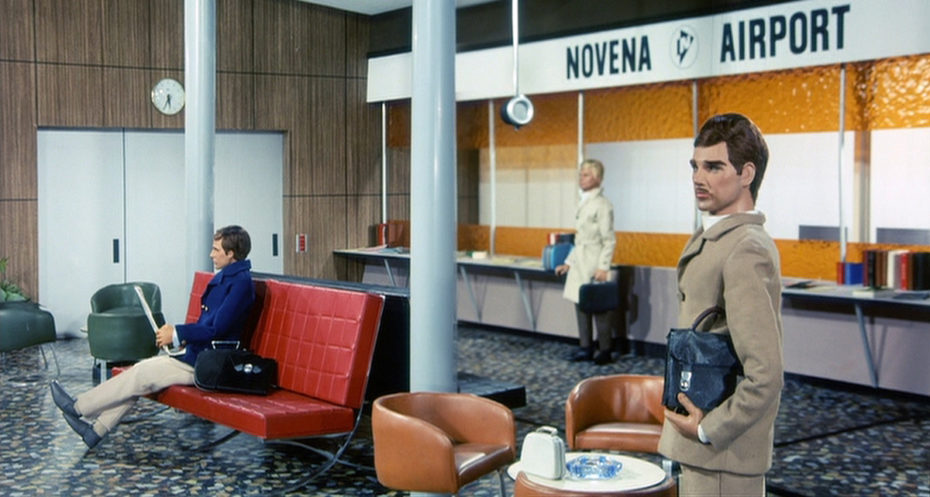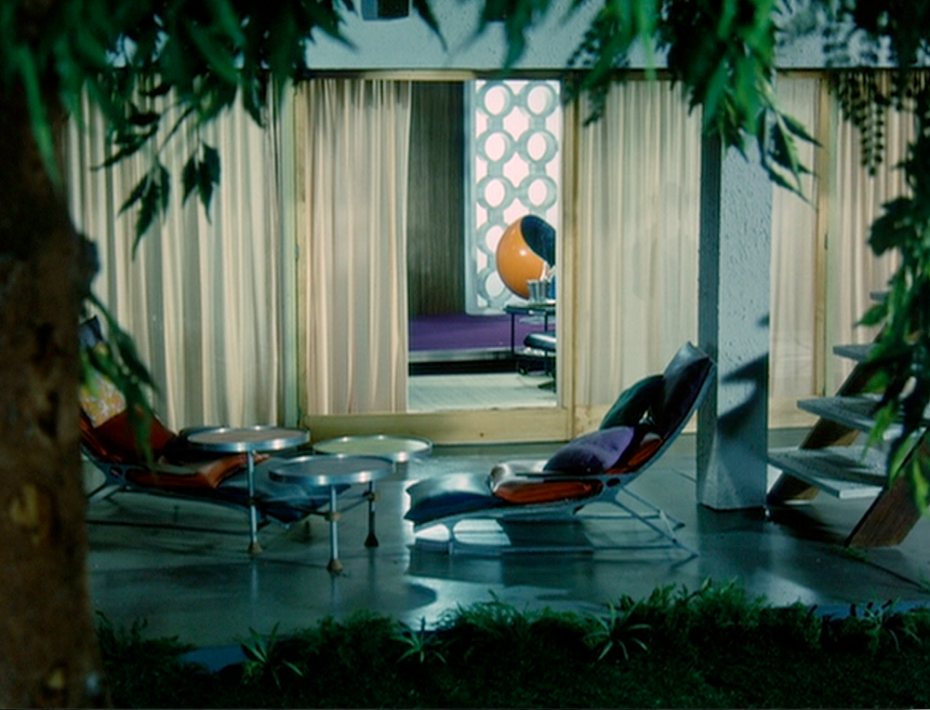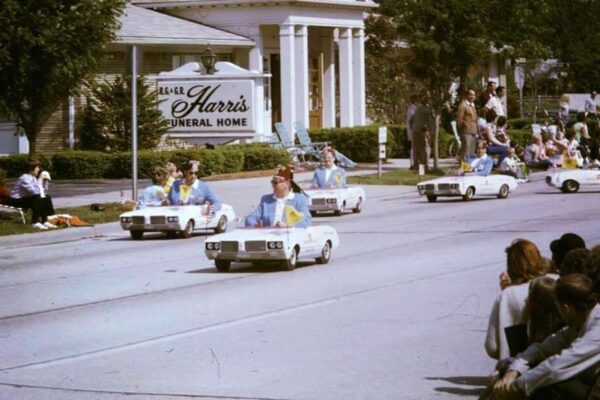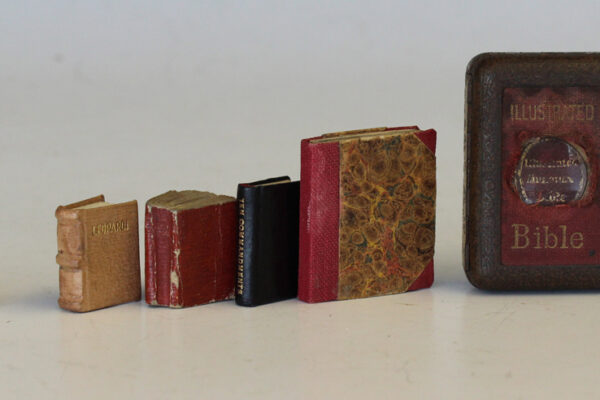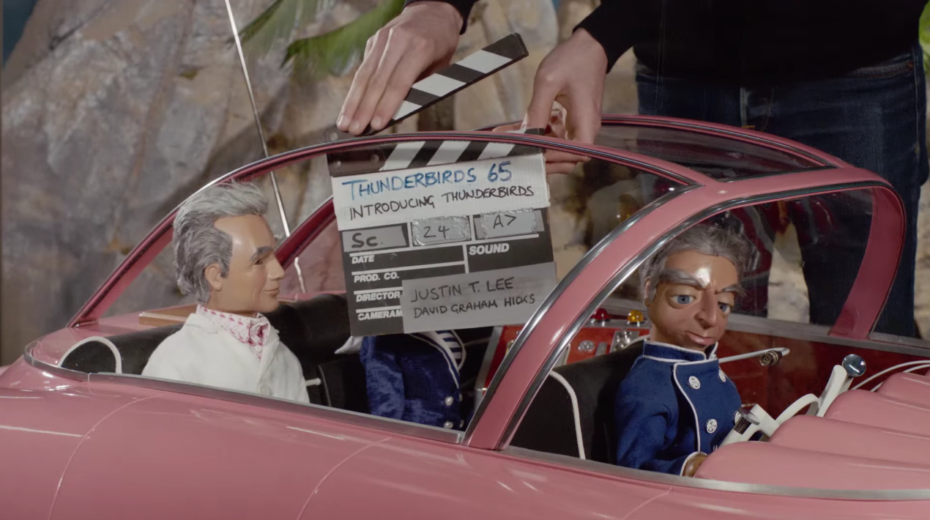
The last place we’d ever think to look for design inspiration would be the bygone genre of television puppetry, but here we are, drooling over the unlikeliest jackpot for mid-century modern style. Enter “Supermarionation”, a world devised in the 1960s by British television producers, with the ability to be at once sightly creepy, yet enviously chic at the same time. The genre was pioneered by husband & wife duo, the late Gerry and Sylvia Anderson, who were the literal puppet masters behind so many of the shows, from the now legendary Thunderbirds franchise (which received an early 2000s reboot) to lesser-known gems like Joe 90.
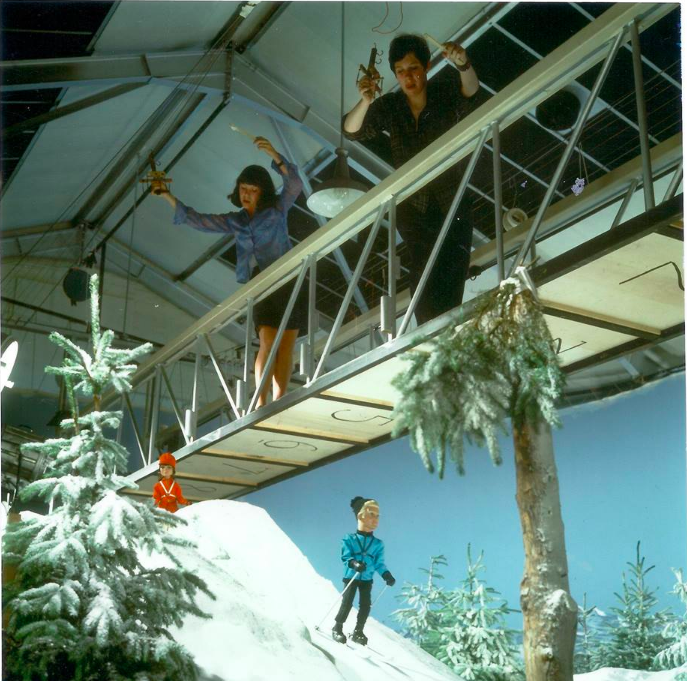
If like us, you didn’t give these shows a chance as a kid, it’s probably about time we took a crash-course in the wonderfully kitsch world of supermarionettes…
Joe 90 (aired from 1968-69)
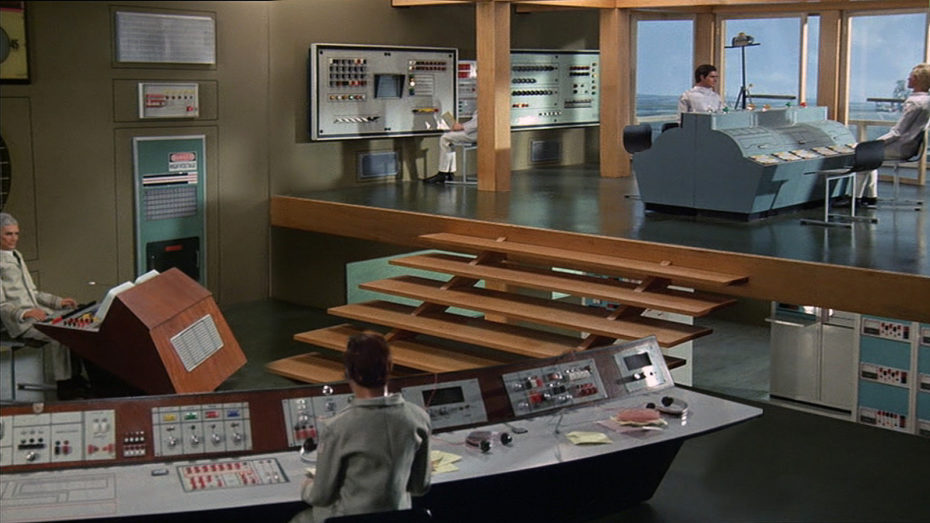
Here’s a breakdown of the plot: posh British kid has his father’s brainiac mind successfully transplanted into his own. The result? A series based around one polite, precious boy who stops villains in their tracks. Sound too wonderfully British to be true? Have a look for yourself…and try not to drool over the scenery. Who knew puppets had such good taste in furniture?
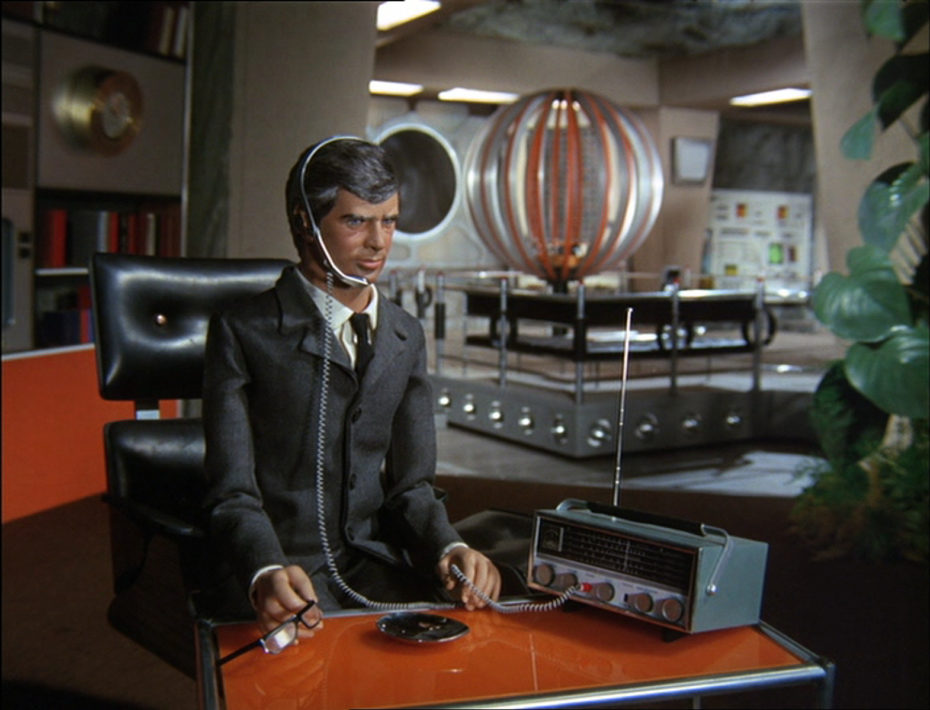
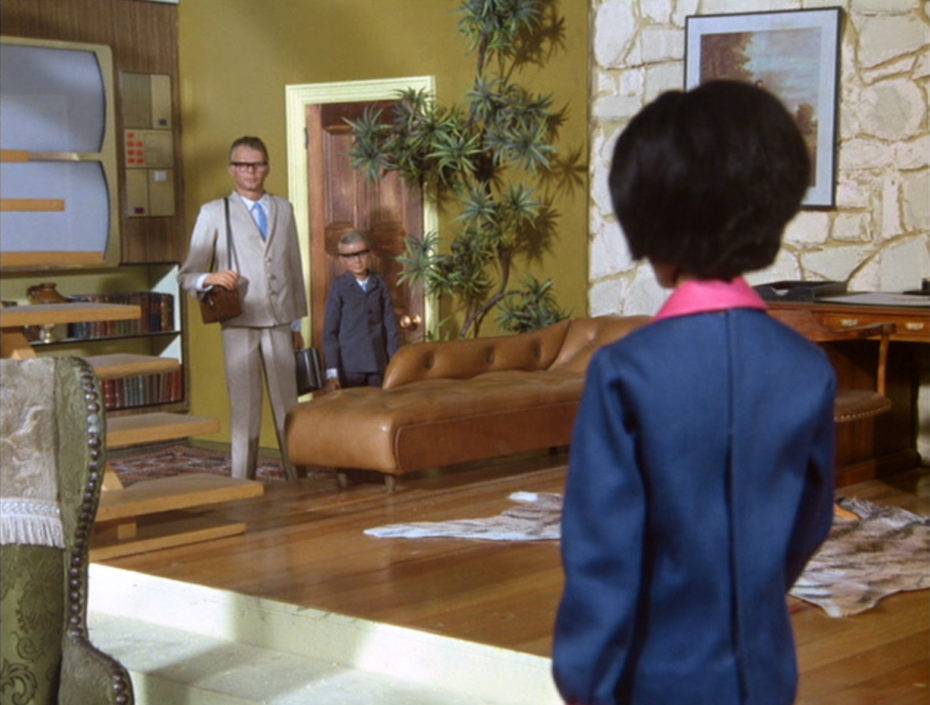
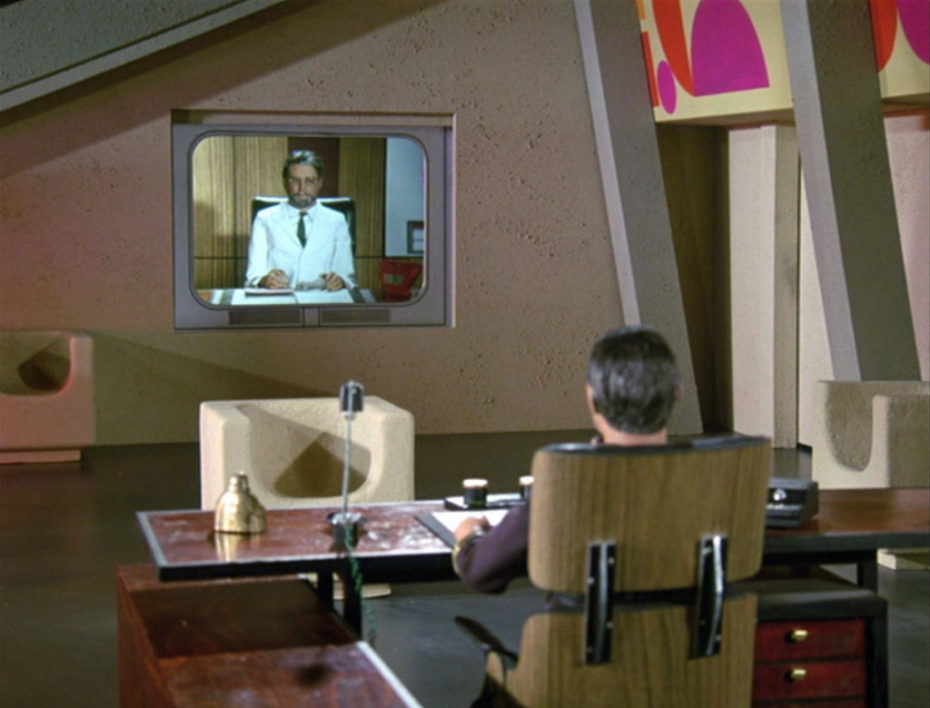
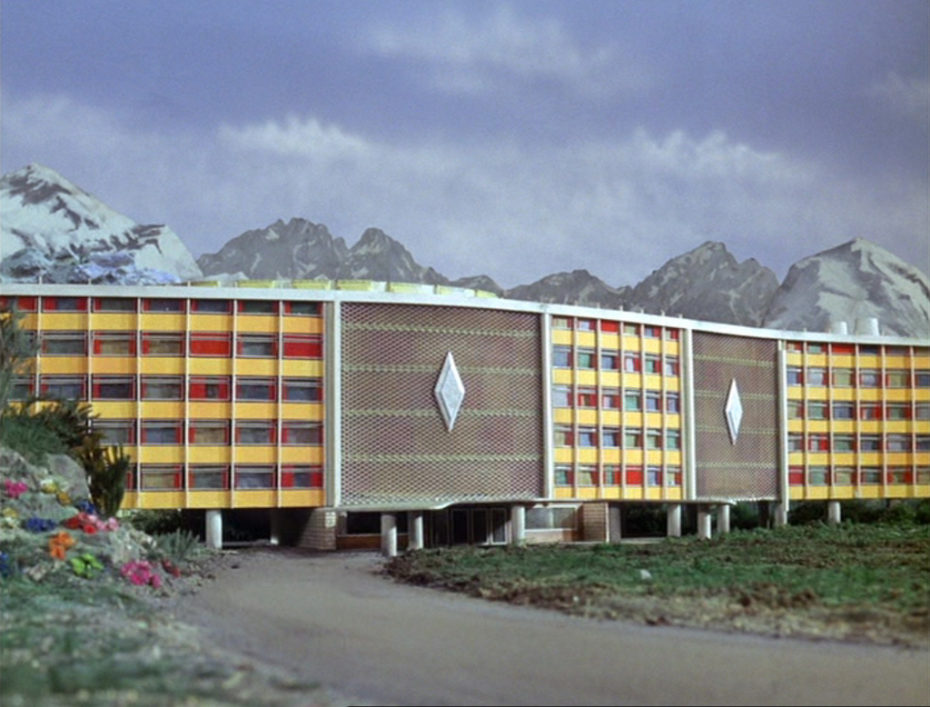
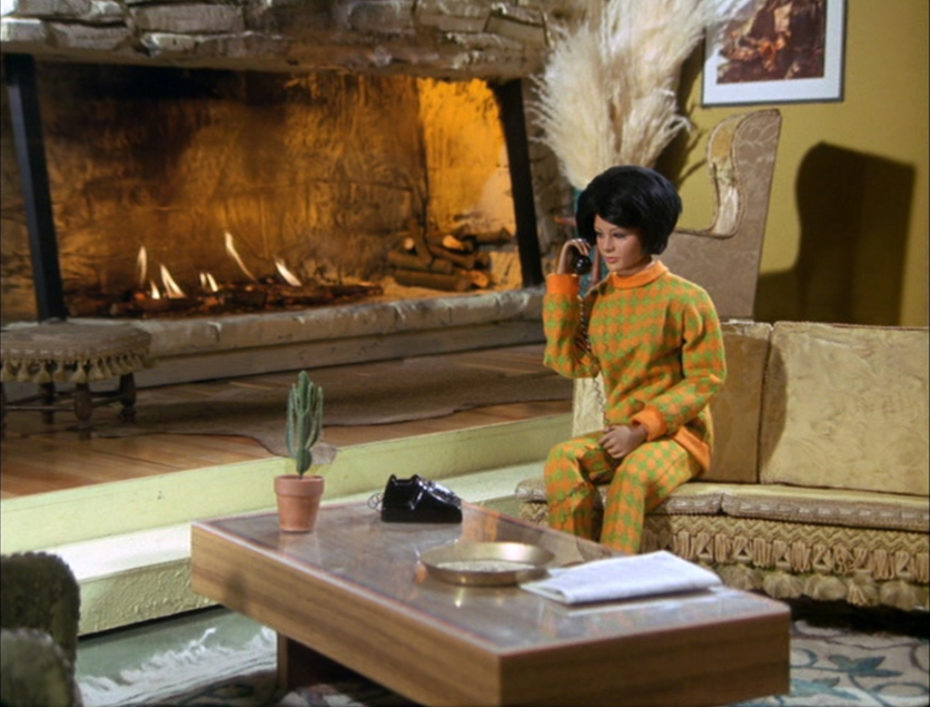
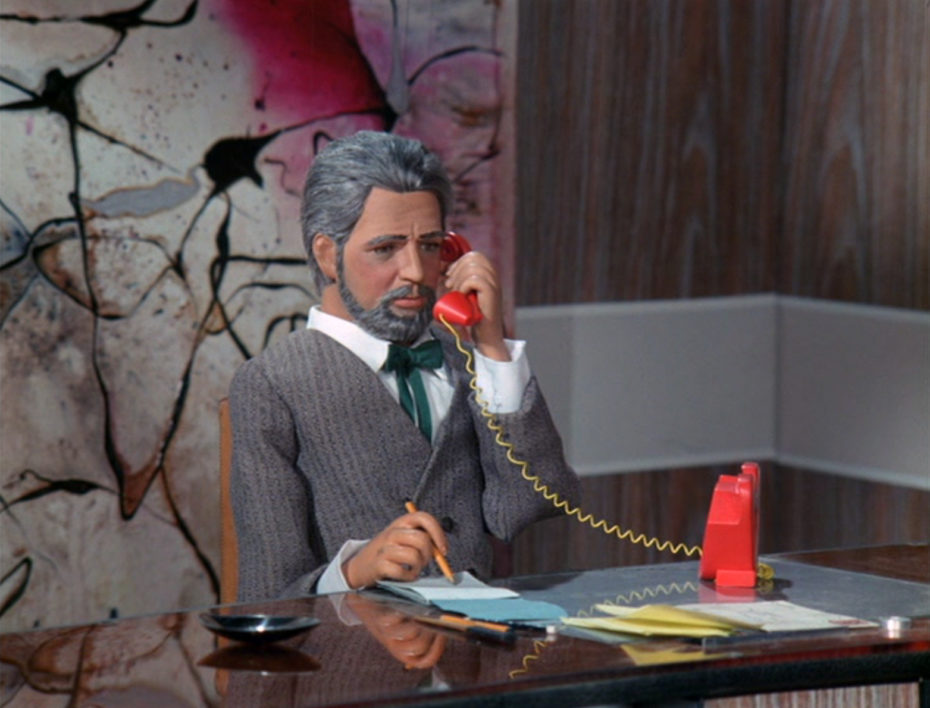
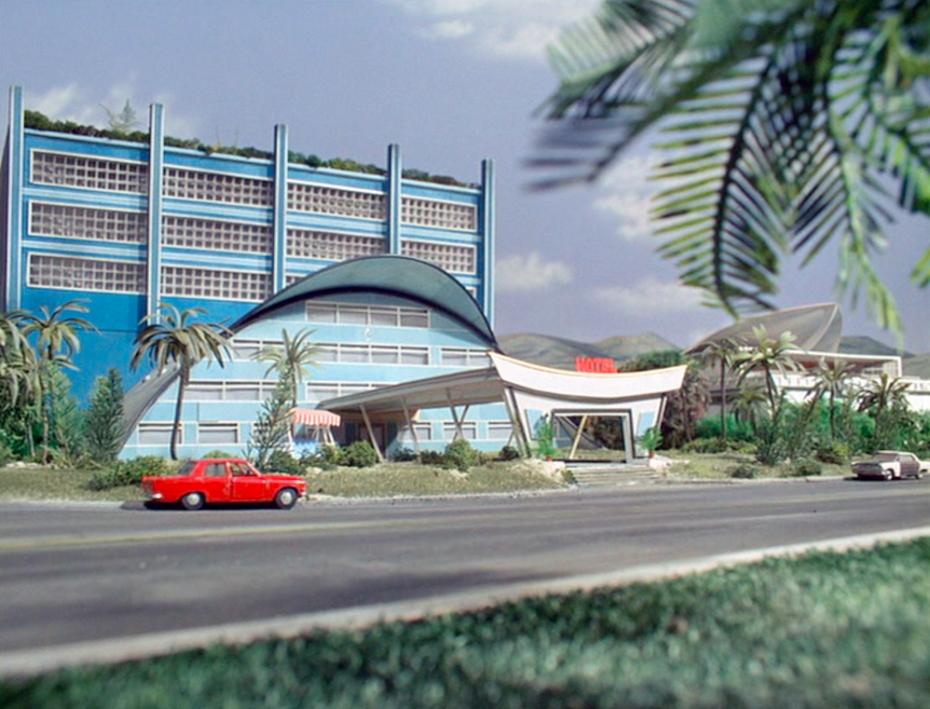

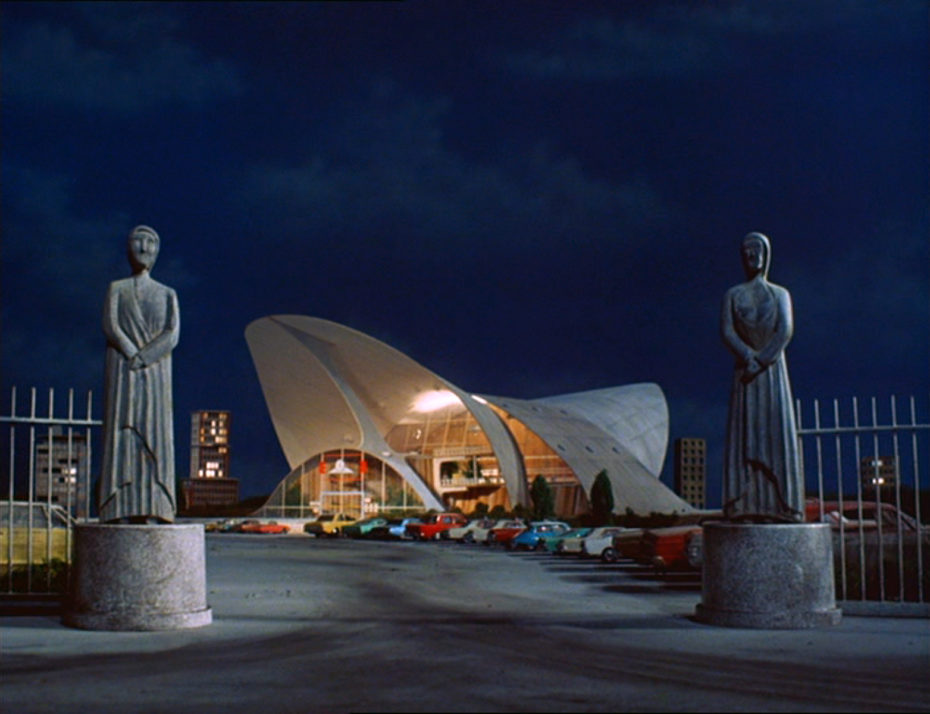
Supercar (1961)
It’s a car. It flies. What more do you need to know? Not the most elaborate of the series, but charming in its own weird way:
Captain Scarlet and the Mysterons (1967-68)
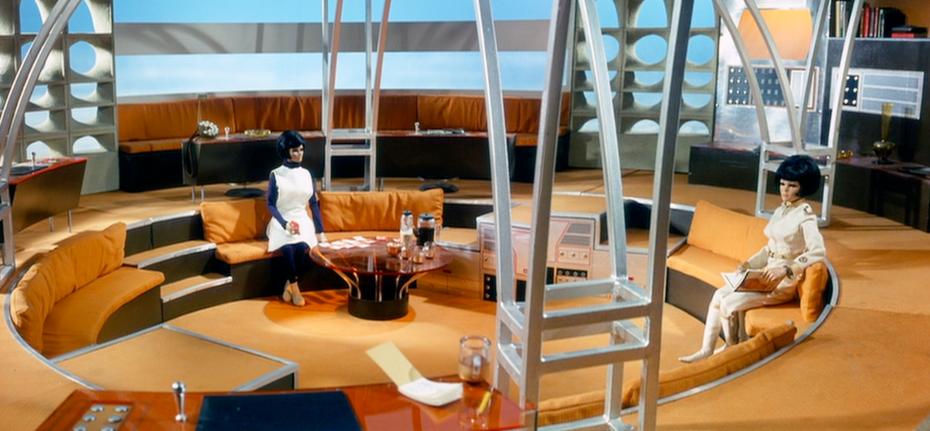
Galactic tensions between Earthlings and Martians run high in this series, which is often considered to be the darkest of the bunch. Think Blade Runner for puppets.
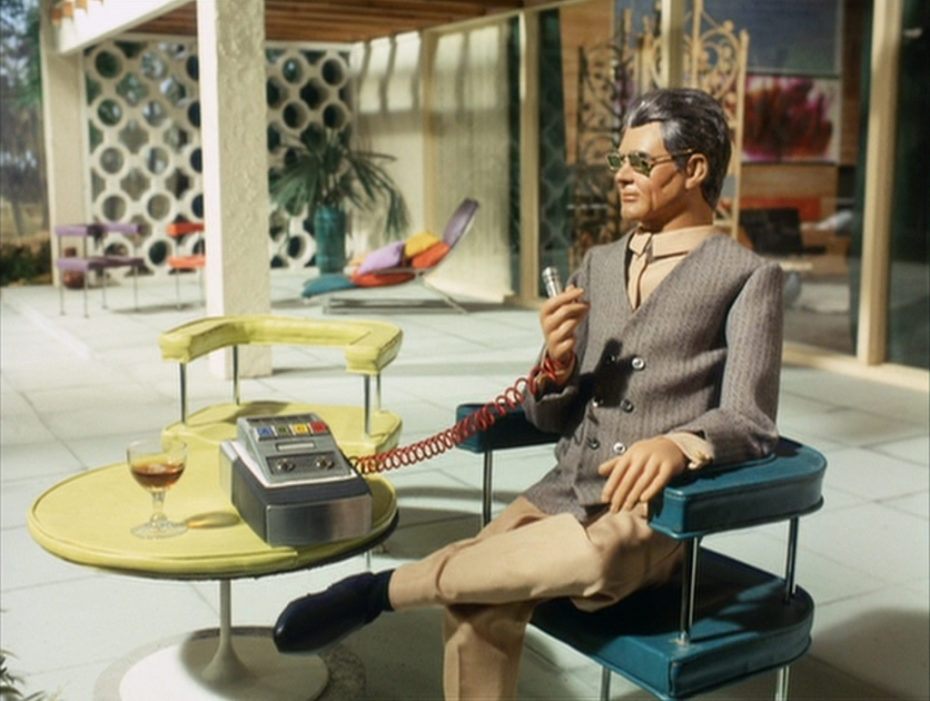
The supermarionette of the hour is Captain Scarlet, who through a freak accident acquires the ultimate powers of the Martians: a “super-metabolism.” Yeah, we don’t get it either. But the décor is dreamy.
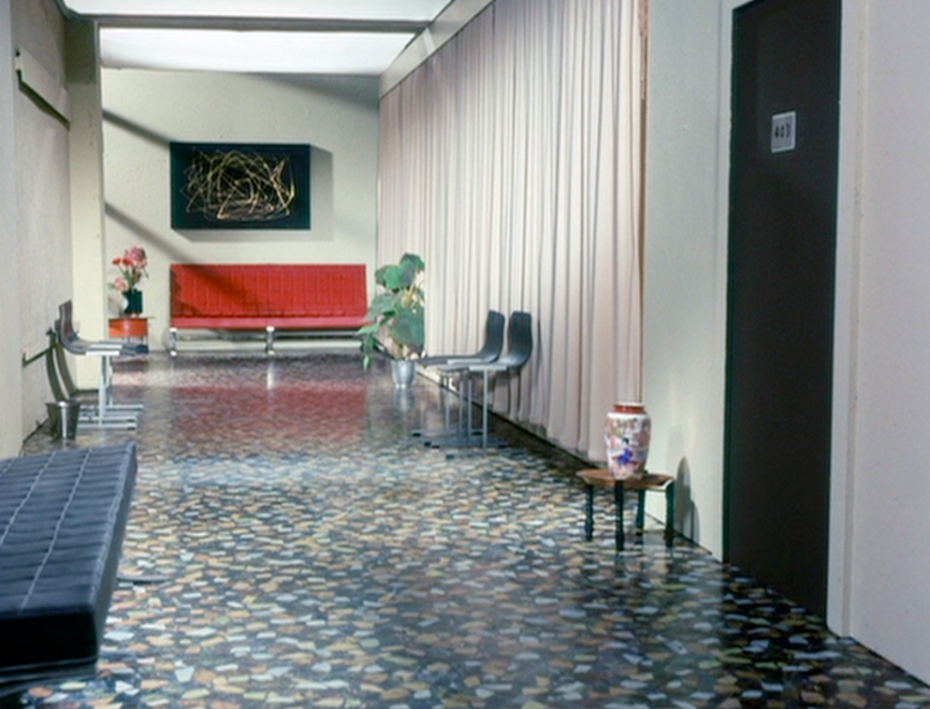
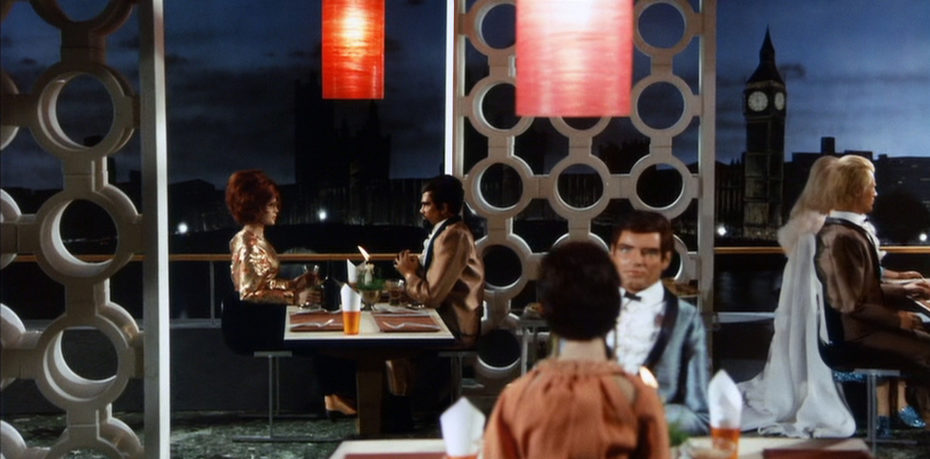
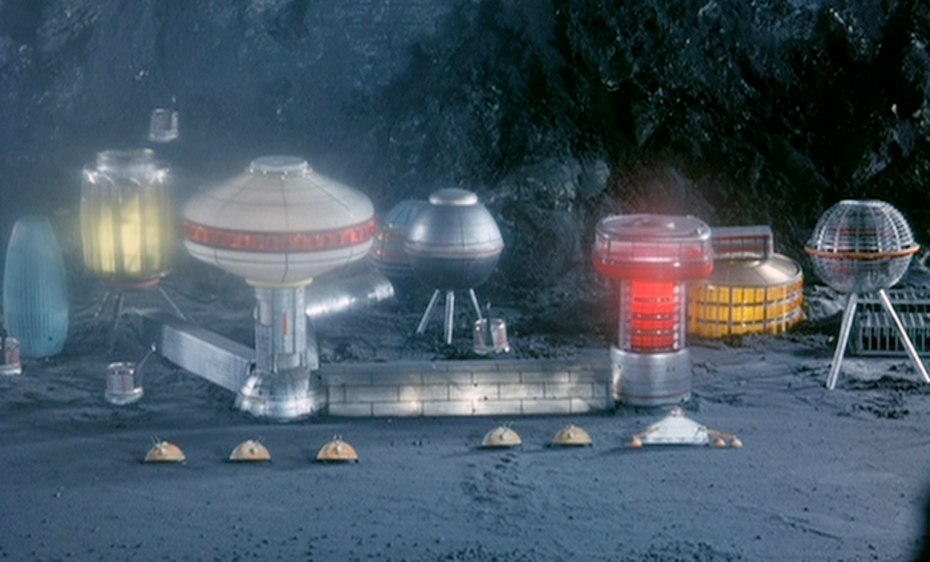
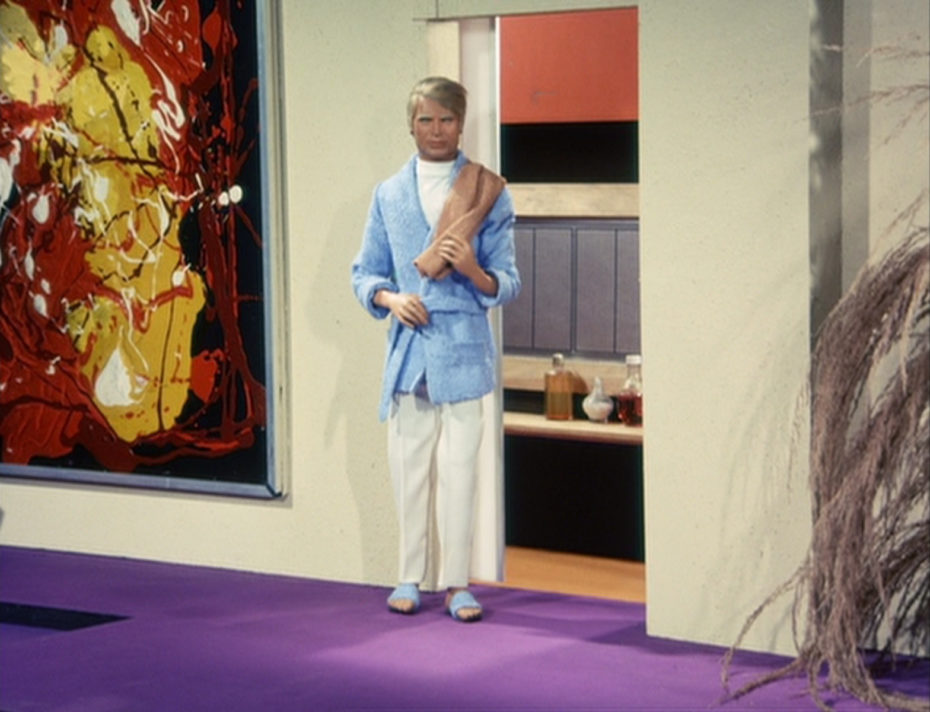
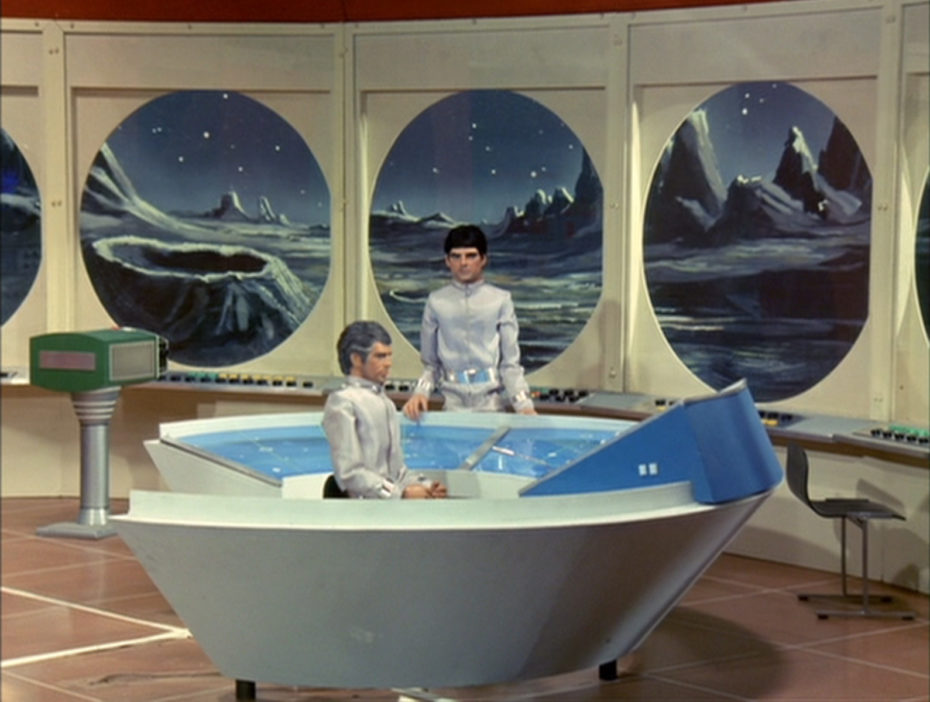
Stingray (1964)
This was the first British TV show to be completely filmed in colour in the hopes of breaking into the American market. Take a look at this cinema newsreel short from 1964 which goes behind the scenes of Stingray and the then upcoming new Gerry Anderson series Thunderbirds….
Thunderbirds
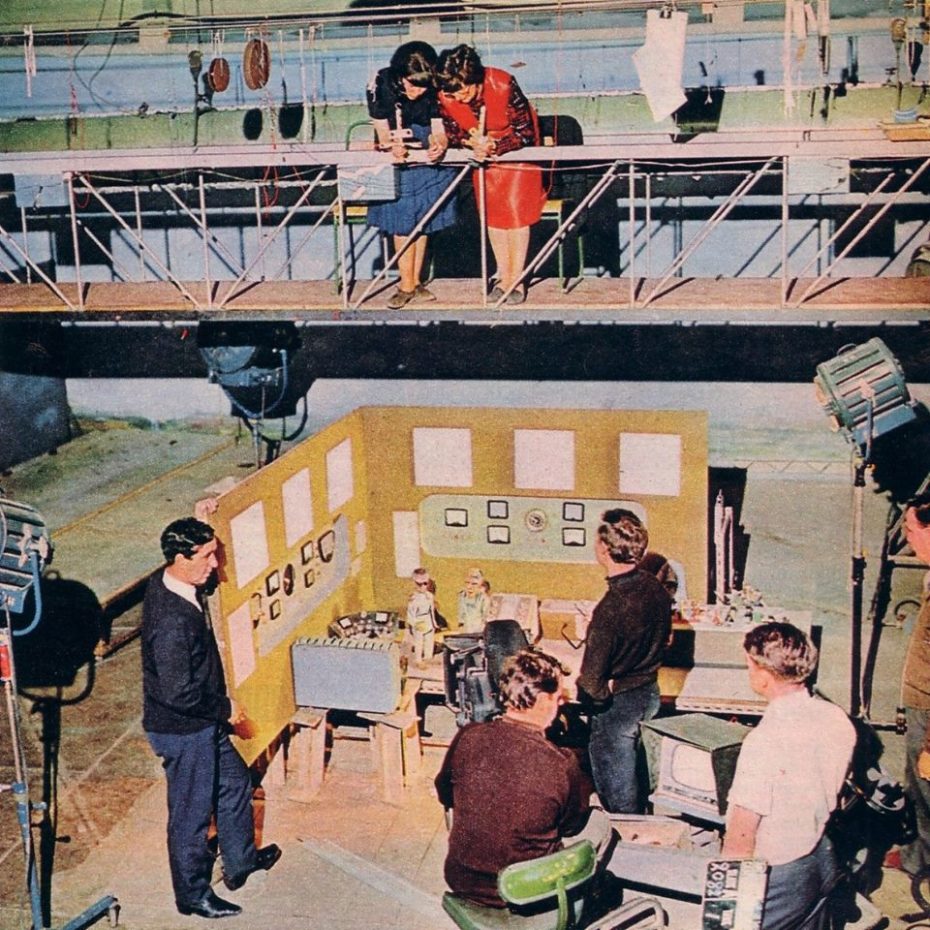
Last but certainly not least, the legendary Thunderbirds. Just 32 episodes were produced over the course of two seasons in 1965 and 1966. The faces of the Thunderbirds characters were inspired by some of the biggest movie stars of the day. One character, Brains, was even modelled after Anthony Perkins, who famously played Norman Bates in the Hitchcock classic Psycho. The revenue generated from the sale of merchandise for Thunderbirds was so great in the U.K., it wasn’t surpassed until Star Wars was released more than a decade later.
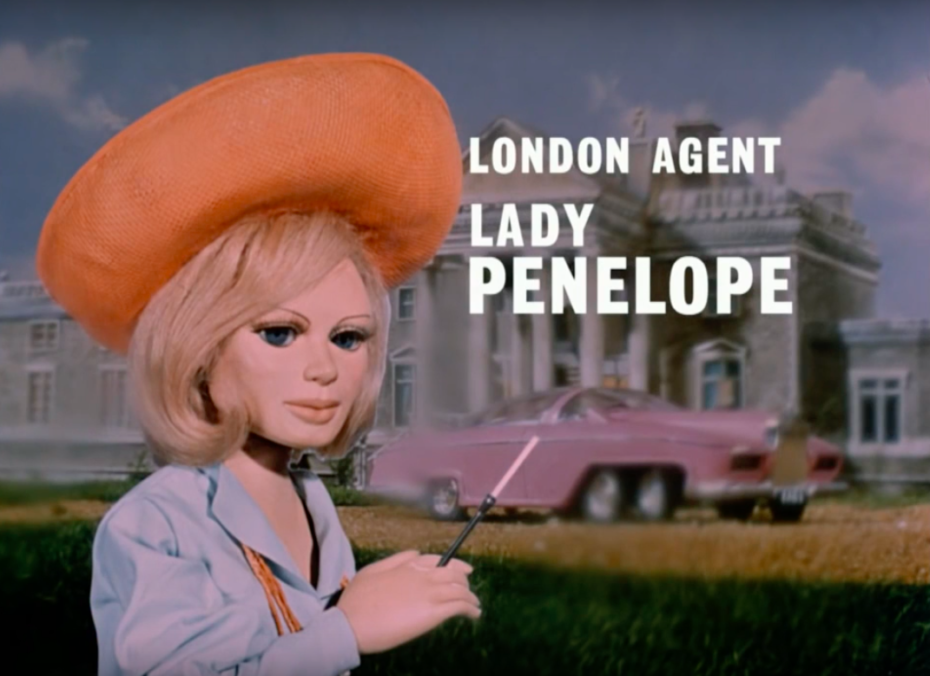
One of the puppet characters, Lady Penelope even became a fashion icon thanks to her glamorous creator Sylvia Anderson… (meet her at the 40 second mark in this vintage documentary below)…
Many of the puppets can be seen smoking, but fast forward to the millennium, all cigarettes in the series to be digitally removed in reruns.
The show was inspired by a real-life tragedy, a famous mine collapse in West Germany when 11 miners were rescued from the mine after surviving 14 days underground. The creators of Thunderbirds were inspired by the rescue mission, and decided to create the show about a daring rescue organization.
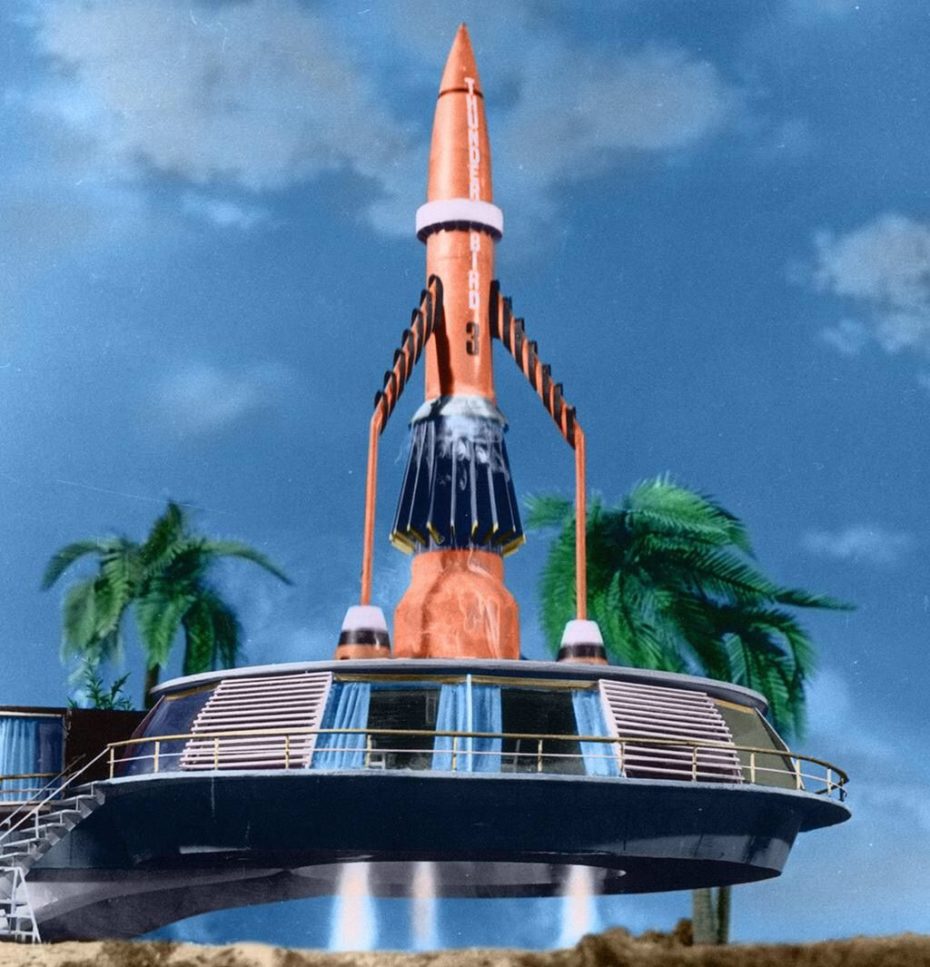
The magic of the supermarionette world is a lost art, although recently, a group of filmmakers embarked on a project to resurrect Gerry and Sylvia Anderson’s classic Thunderbirds using original voice tracks and retro filmmaking techniques, exactly the way it was done in the 60s.
And that just about wraps up our latest obsession du jour. Any other vintage shows we should take a second look at? Do share…
Find more sci-fi puppet design inspo here.


